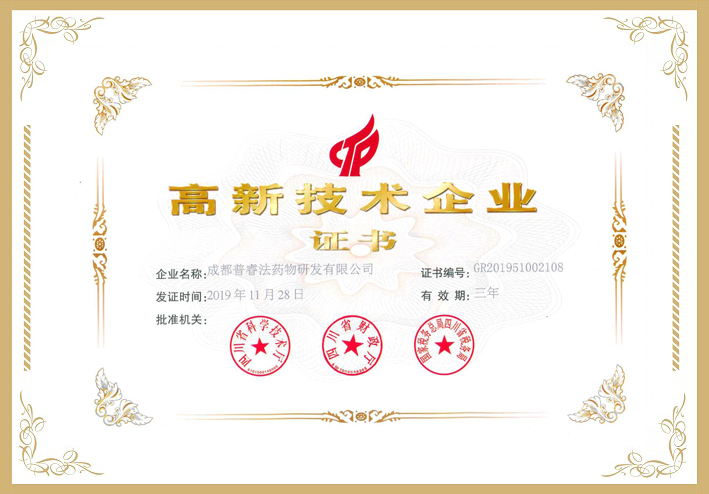在线咨询
联系电话:
销售:
400-829-7929(7*24小时)
028-
82633860
028-
82633397
028-82633165
技术服务和产品定制:
028-82633987
在线服务:
沈帅  文静
文静 
贺丹丹 


文献信息
Antimicrobial mechanism of theaflavins: They target 1-deoxy-D-xylulose 5-phosphate reductoisomerase, the key enzyme of the MEP terpenoid biosynthetic pathway
1-Deoxy-D-xylulose 5-phosphate reductoisomerase (DXR) is the first committed enzyme in the 2-methyl-D-erythritol 4-phosphate (MEP) terpenoid biosynthetic pathway and is also a validated antimicrobial target. Theaflavins, which are polyphenolic compounds isolated from fermented tea, possess a wide range of pharmacological activities, especially an antibacterial effect, but little has been reported on their modes of antimicrobial action. To uncover the antibacterial mechanism of theaflavins and to seek new DXR inhibitors from natural sources, the DXR inhibitory activity of theaflavins were investigated in this study. The results show that all four theaflavin compounds could specifically suppress the activity of DXR, with theaflavin displaying the lowest effect against DXR (IC50 162.1?μM) and theaflavin-3,3′-digallate exhibiting the highest (IC50 14.9?μM). Moreover, determination of inhibition kinetics of the theaflavins demonstrates that they are non-competitive inhibitors of DXR against 1-deoxy-D-xylulose 5-phosphate (DXP) and un-competitive inhibitors with respect to NADPH. The possible interactions between DXR and the theaflavins were simulated via docking experiments.
... Materials and Methods. Materials. Theaflavins were purchased from Chengdu Biopurify Phytochemicals, Ltd. (Chengdu, China), and stock solutions of them (10 mg/mL) were prepared in 40% aqueous DMSO or 0.1% Triton X-100 just before use. ...























